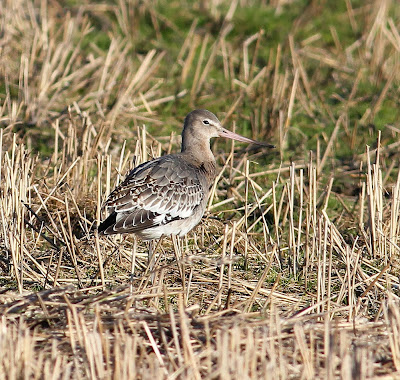It’s been a busy old week of grandparent’s callings, finding time for birding and then in-between updating a tired old kitchen. And if anyone tries to tell you that the British Builder is dead and buried, superseded by its Polish counterpart, don’t believe them; the Union Jack flies high in Knott End and Stalmine.
So birding and blogging had to take third place for a while but now that weekend’s here I’m up and running with a little news.
A drive north included a Kestrel at Thurnham, quickly followed by a look over the pools and creeks of Conder Green which gave much the usual stuff: 2 Spotted Redshank, 10 Little Grebe, 150+ Teal, 30 Wigeon, 5 Goldeneye, 15 Lapwing 1 Little Egret, 12 Curlew, 12 Oystercatcher and 1 Common Sandpiper. The wintering sandpiper has eluded me for weeks, hiding away and silent in the tiny creeks rather than the main tidal channel but it finally showed today.
Common Sandpiper
At Glasson: 15 Goldeneye comprising 13 males and 2 females, 1 Red-breasted Merganser, 40 Tufted Duck and 9 Cormorants.
Goldeneye
Goldeneye
Back at Pilling the sun came out and I set off along the usual route to find 8 Little Egrets, the Brent Goose on the marsh and the wintering Green Sandpiper on the shooter’s pools.
It looks like the Green Sandpiper isn’t the only wintering sandpiper here as amongst the 60+ Lapwings, 125 Redshanks and 15 Curlew was a Curlew Sandpiper. I last saw a Curlew Sandpiper here on 15th November, the lack of visits during the intervening period of wind, rain and weekly shoots accounting for the lack of sightings of the bird since that date.
Curlew
There were small birds around the pools and the maize field with 45+ Linnet, 2 Reed Bunting, 15 Skylark and a sudden arrival of 14+ alba wagtails arriving from the west and landing some distance away. On the pool, now less than a dozen Mallard and 2 Pintail survive the winter shoots, the original 2000+ released Red-legged Partridge now hard to come by after so many days of gunfire.
Near Fluke Hall I watched a Stock Dove in display flight and heard several species in song - Goldfinch, Chaffinch, Song Thrush, Blackbird, Dunnock, Robin, Great Tit, Blue Tit and Coal Tit.
Stock Dove
Spring must be just around the corner. Hooray for that.






















.JPG)







.jpg)












